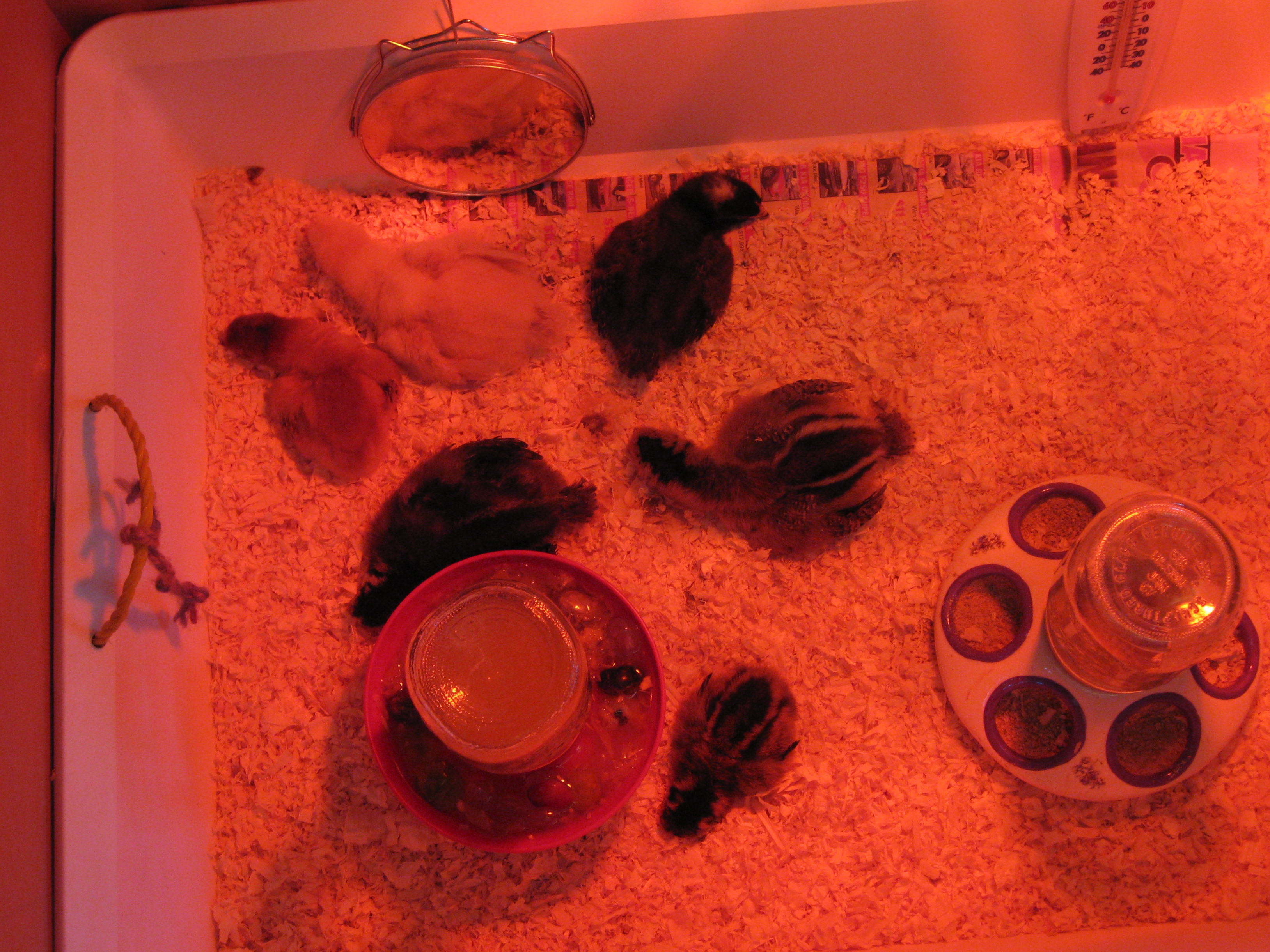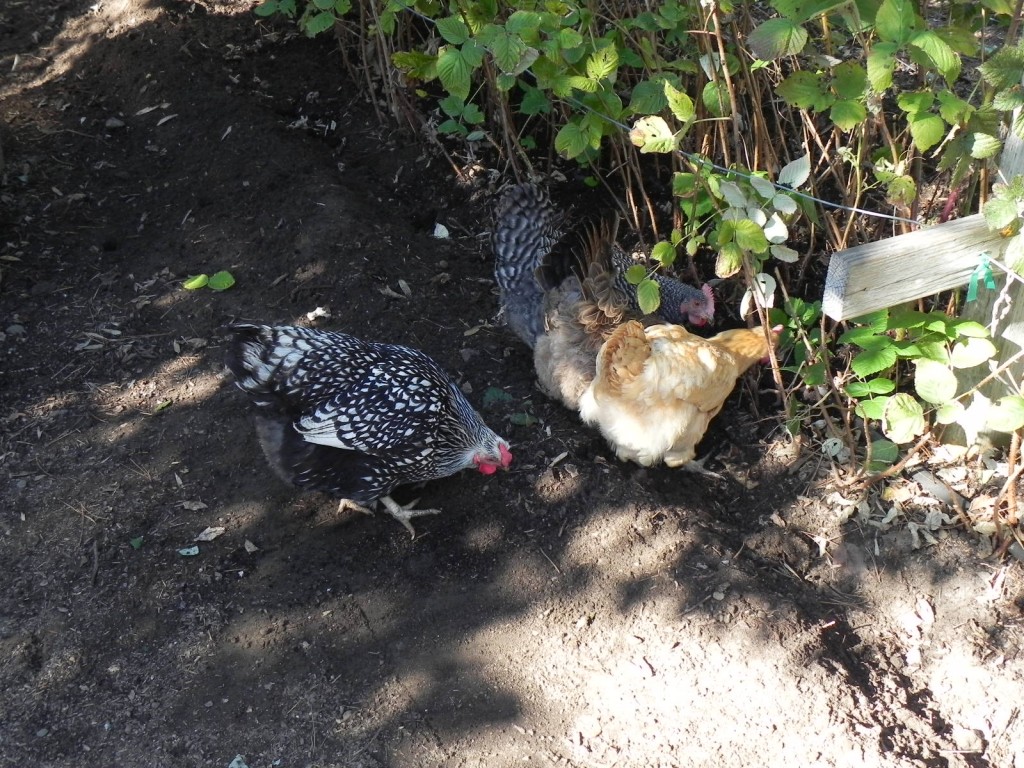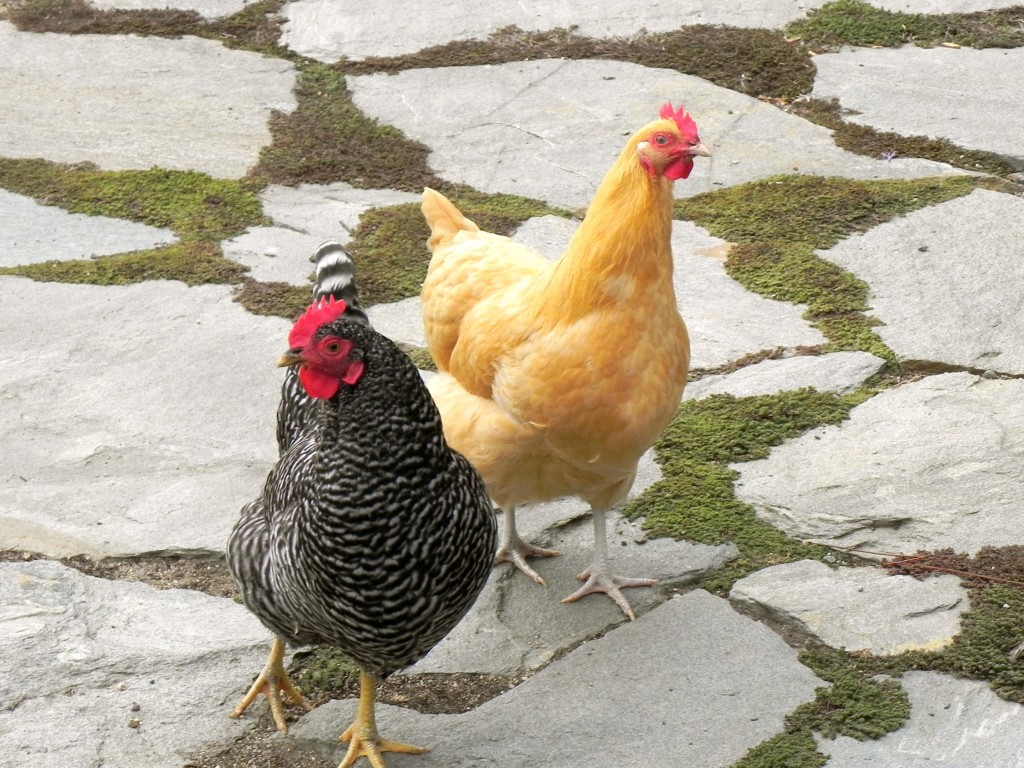When chicks are newly hatched, they have some basic requirements. If chicks are not being raised by a hen, “the humans” will have to provide them with all the things a hen would give them. When we brought our “less than three-day-old chicks” home from the farm supply store, they were tiny fluff balls with no hovering hen to watch out for them. They needed to be kept warm, help in finding food and water, and protection from predators. Humans were in charge of all that.
Chicks, whether being raised by a hen or humans, have five basic needs:
- heat
- food and water
- adequate space
- freedom from drafts
- safety from predators
Raising a handful of chicks for your backyard hen project requires some basic investment in equipment. Because the chicks are housed in something called a “brooder” for the first weeks of their lives, you will need to buy or build a place where chicks can thrive until they are ready to be put outside (at about 9-10 weeks, depending on your climate) in a coop or a henhouse.
There are directions everywhere on how to make homemade brooders. We used a 2’x3’x3″ plastic tray set inside a wood surround for the first 3 weeks the chicks were with us. We kept this in the living room of our home (yes, you heard me right) until the chicks could be moved to the garage. Not everyone wants a chick brooder in their house but I wanted to get to know these chicks and to handle them so that when they grew up, they would be not only egg-layers but also pets. When the chicks were ready to be moved to the garage, we borrowed a larger brooding pen (about 4’x4′ with 24″ wood sides and a wire lid) where the chicks lived until they could be put outside in their permanent coop.
Brooders can be a large plastic container with wire on top or even a large cardboard box will do. You will need about 6 square inches of space per chick until they are 2 weeks of age, then you will have to increase that to a square foot for each chick. We went slightly larger than the minimum requirement just because it seemed the “right thing to do”. But don’t make your brooder too large or your chicks may find it hard to stay warm.
We used a towel on the floor of the brooder for the first few days so that the chicks would have something to “grip” with their tiny feet. After that I used newspaper with cedar shavings on top. The chicks loved scratching through the shaving as if they were out in the garden foraging for food.
Make your brooder before you chick arrive. Set it up and test it with a thermometer so that you know it stays in the 95-100 degree range. When your chicks come home, show them where the water and food is. Dip their little beaks into the water once or twice as they will be dehydrated from their journey. Let them settle in and enjoy their company.



